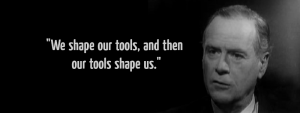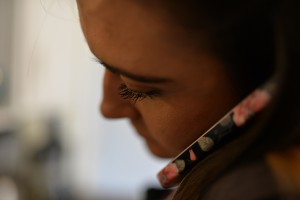It’s a new year and that often means people are making resolutions, setting goals and planning ahead. Each time the calendar rolls around to January ‘hope springs eternal’ as Alexander Pope said. We want to get focused and clear. We want to make changes in our lives. We want to dream new dreams. How long those resolutions, goals and plans last is another issue altogether!
In the spirit of hope I would like to share some fabulous online tools that one can use to reflect on the year that was and plan for the year to come.
One tool I have used for a number of years is choosing a ‘Word-of-the-Year’. It’s not a resolution or a goal – more of an intention for the year or a way to explore the year ahead or a guide for the year ahead. If you haven’t yet tried this approach you can find numerous examples in the ‘blog-o-sphere’, Facebook groups or on Pinterest. Just search for “word of the year” and you will find amazingly creative ideas for showcasing one’s word of the year as well as reflections on what the word means to individuals.
There are a myriad of methods to finding and using a word for the year.
Christine Kane, a business coach, offers a Word-of-the-Year discovery tool for free. There is an introduction to the idea, an idea generator and worksheet to guide you through the process of choosing a word for the year and, of course, an action planner. Cause it’s more useful when you identify steps you can take!
Sometimes it’s harder to choose a word than others. But each time I have chosen one I have found it to be both personally and professionally useful. As Ms. Kane says, “Your word is meant to teach you about you.” The tool is easy to use. The clients I have recommended it to find it to be helpful as they begin a new year. Just FYI – you do have to enter your email address to get this tool.
http://christinekane.com/wordoftheyear
On a similar note Susannah Conway, author/photographer/teacher, offers a helpful free resource titled “Unravelling the Year Ahead 2016”. Her Unravelling e-workbook has thought-provoking questions about the year that was and provides reflecting exercises for the year ahead. Having used this workbook with individual and group clients the feedback is overwhelmingly positive.
http://www.susannahconway.com/2015/12/were-coming-for-you-2016/
Finally, there is Leonie Dawson’s ‘Guide to creating your shining year’. Leonie Dawson is an entrepreneur and coach based in Australia. She guides you through a series of questions and reflections on the previous year and her creative questions about the coming year allow you to explore a number of different areas of life and set goals for each of these areas (e.g. physical, spiritual, financial). For a small cost you can download her e-workbooks or order hard copies.
http://leoniedawson.com/
As with many goals/resolutions/intentions the keys to actually doing what one says one is going to do are:
- Be accountable to someone – share your goals, hopes, dreams, intentions
- Take small steps
- Regularly review your progress
- Celebrate your successes
- Be gentle, kind and compassionate with yourself
- 2016 – ready or not – here we come!
 Dawn M. Schell, MA, CCC, CCDP is an affiliate counsellor with Worldwide Therapy Online Inc. http://www.therapyonline.ca
Dawn M. Schell, MA, CCC, CCDP is an affiliate counsellor with Worldwide Therapy Online Inc. http://www.therapyonline.ca
*The views expressed by our authors are personal opinions and do not necessarily reflect the views of the CCPA








